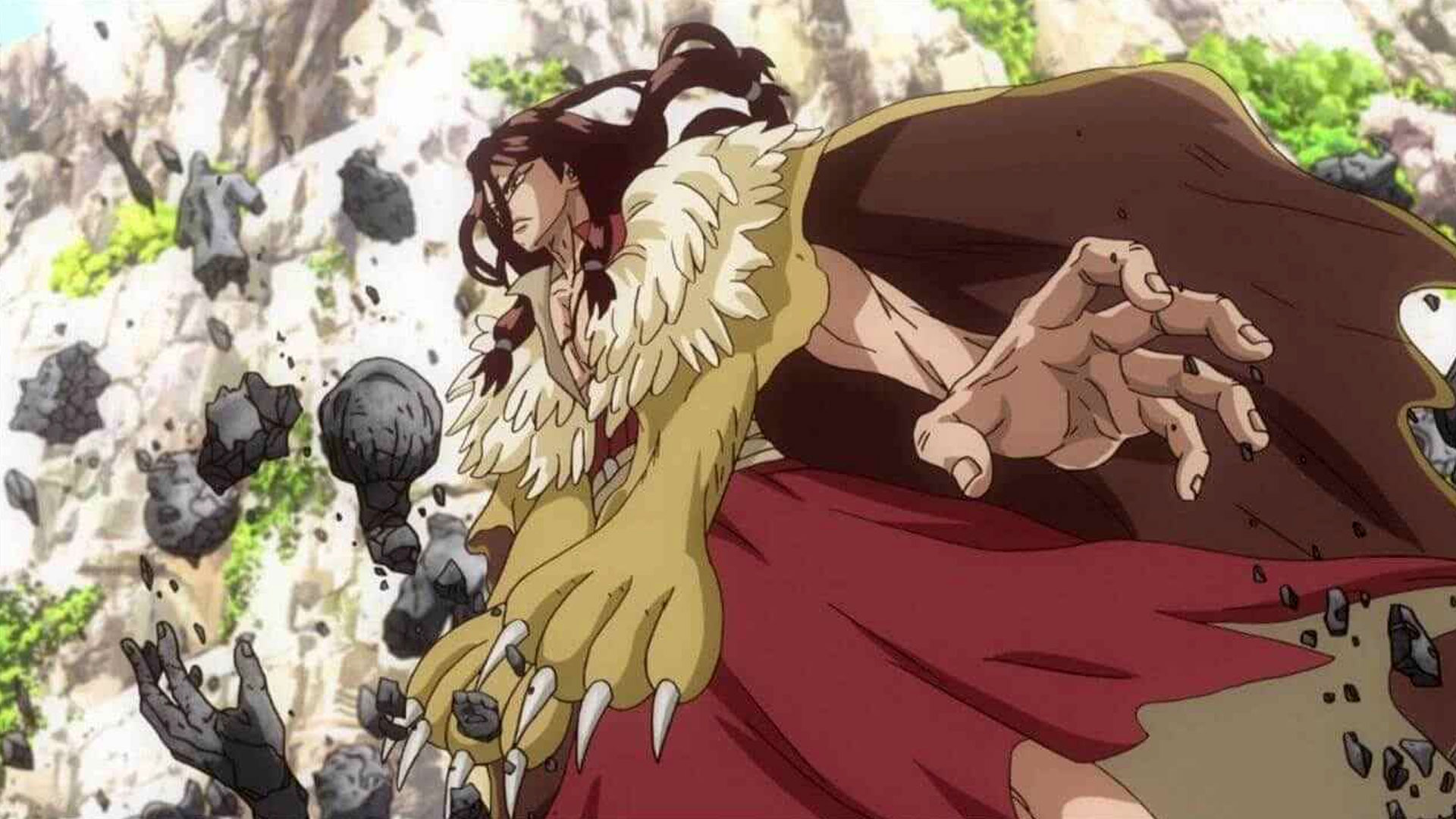The world can be broken in many ways.
The topic of the post-apocalyptic world is something that seems to be very interesting to many writers. Some focus on destroying the world in the most creative way, others prefer to portray first the daily life of those who stayed alive or were born hundreds of years after the catastrophe. It's a setting that allows to open up a lot of different personality traits, make some of them brighter in contrast with the broken world or, on the contrary, let characters break even more under the tension of survival.
We've got a list of the shows that use the setting of the apocalypse in an interesting way, not just action-adventure shows filled with gore, but those that pay attention to world-building and how people grow up in this situation.
Girls' Last Tour (Shoujo Shuumatsu Ryokou)
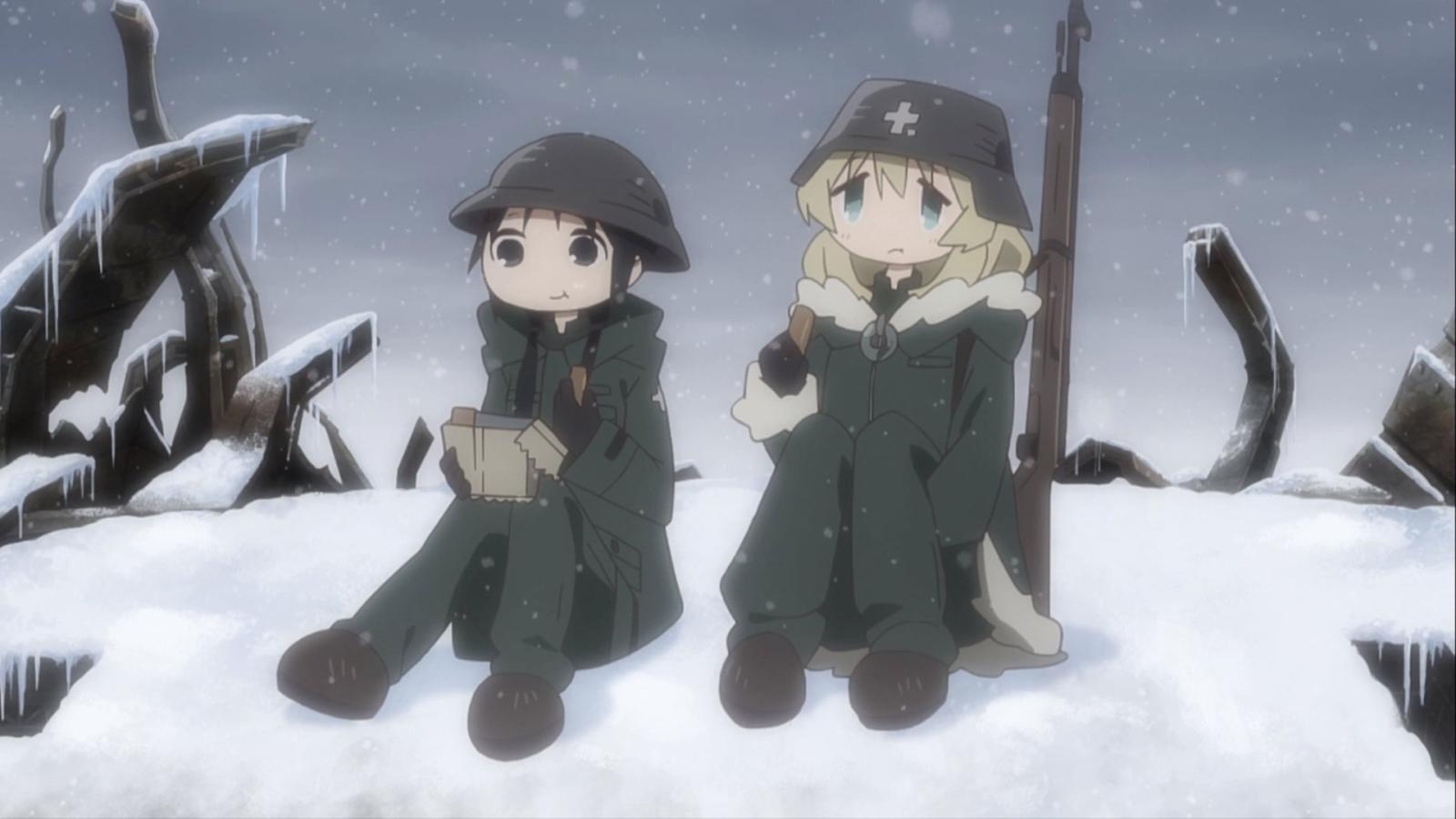
It's a road movie about two girls who rummage through the war-torn city as its sole survivors and try to find hope and meaning, and their adventure is a wonderful and puzzlingly organic mix of being lighthearted and gut-wrenching. Two girls with amazing chemistry on screen just try to survive and stay the same in a world that doesn't exist anymore, and it's up to you whether you just want to follow them or try to piece together what happened through the bits of details that are shown in passing.
School-Live! (Gakkougurashi!)
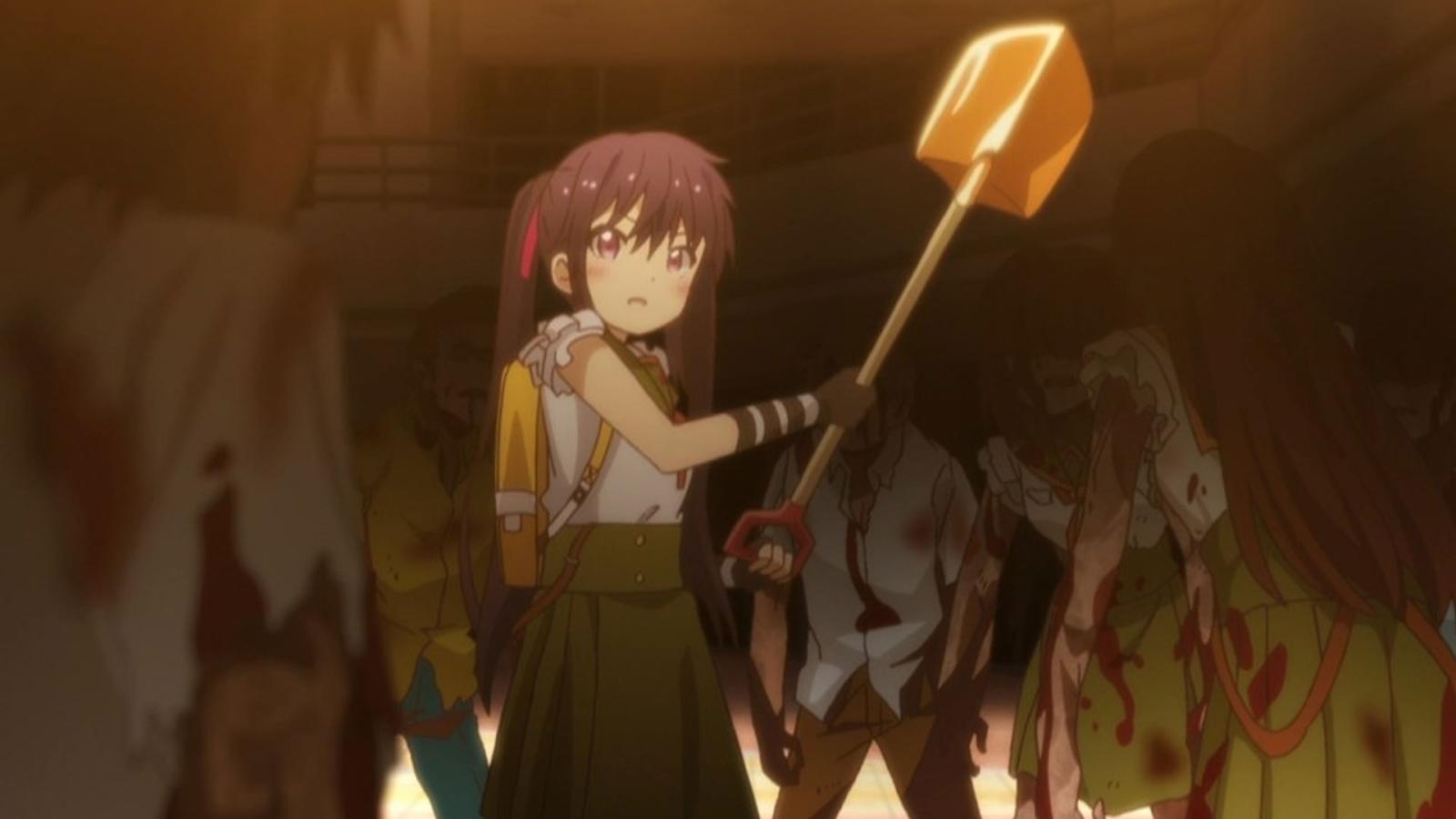
If you just look at the summary, you'd think that it's another slice-of-life anime in a school setting. If you look closely at the poster, however, you'll notice some decay that is uncharacteristic to schools. One of the best ways to describe it is "moe horror" that tries to balance the cuteness of the everyday life of cute girls doing cute things with the gruesome outside world filled with zombies. The show is self-aware in a funny way, often referencing the sources of its inspiration, and that makes it feel fresh.
Seraph of the End: Vampire Reign (Owari no Seraph)
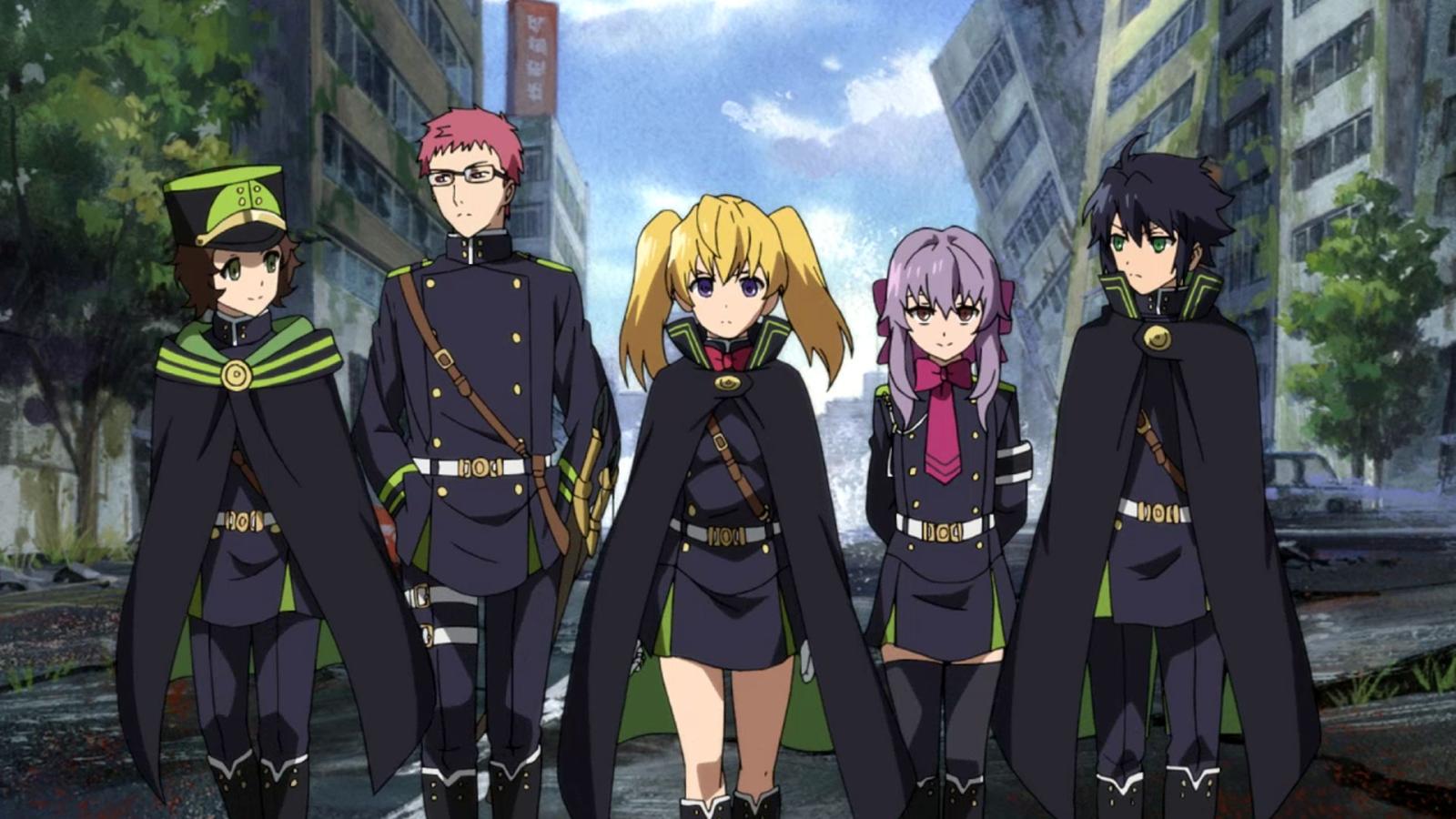
Vampire apocalypse! Humans older than 13 years instantly died because of a mysterious virus, those who stayed alive are taken hostage and used as a food source — sorry, "blood donors" — for vampires who were in the shadows before. But there is a rebellion, one that our main character joins — he becomes a member of the Japanese Imperial Demon Army and vows to avenge those he considered family. It's a generic shonen with an interesting premise and proper character development.
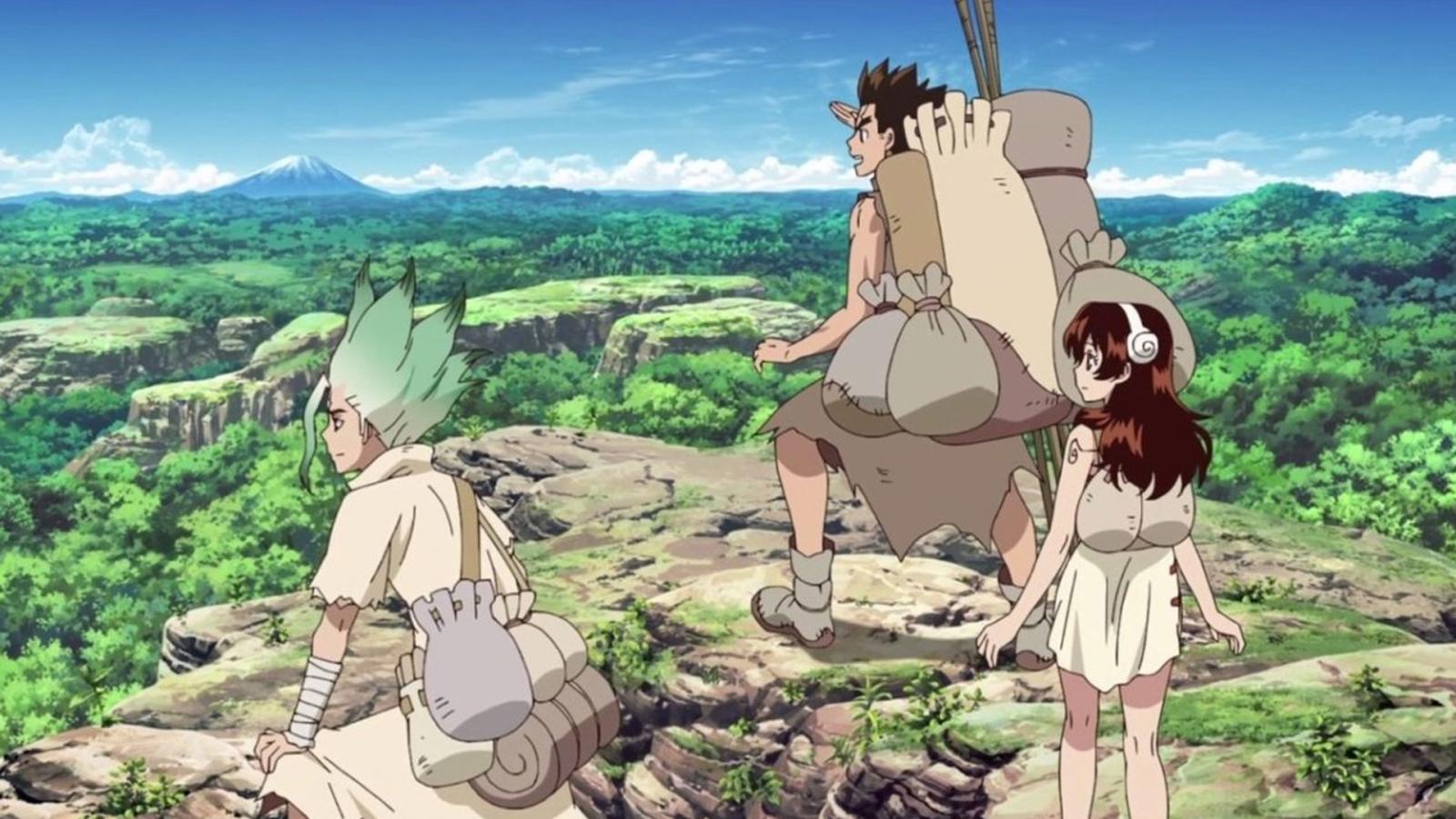
Every single human on Earth turned into stone. After a few thousand years some human woke up and witnessed nature taking back the world. Their goal now is to relearn everything that humanity has achieved through the power of science — and also understand why petrification happened in the first place. This series has a bit of an educational aspect that may feel weird, but the characters and the humor and the lore is something that may keep you interested in it.
From the New World (Shinsekai Yori)
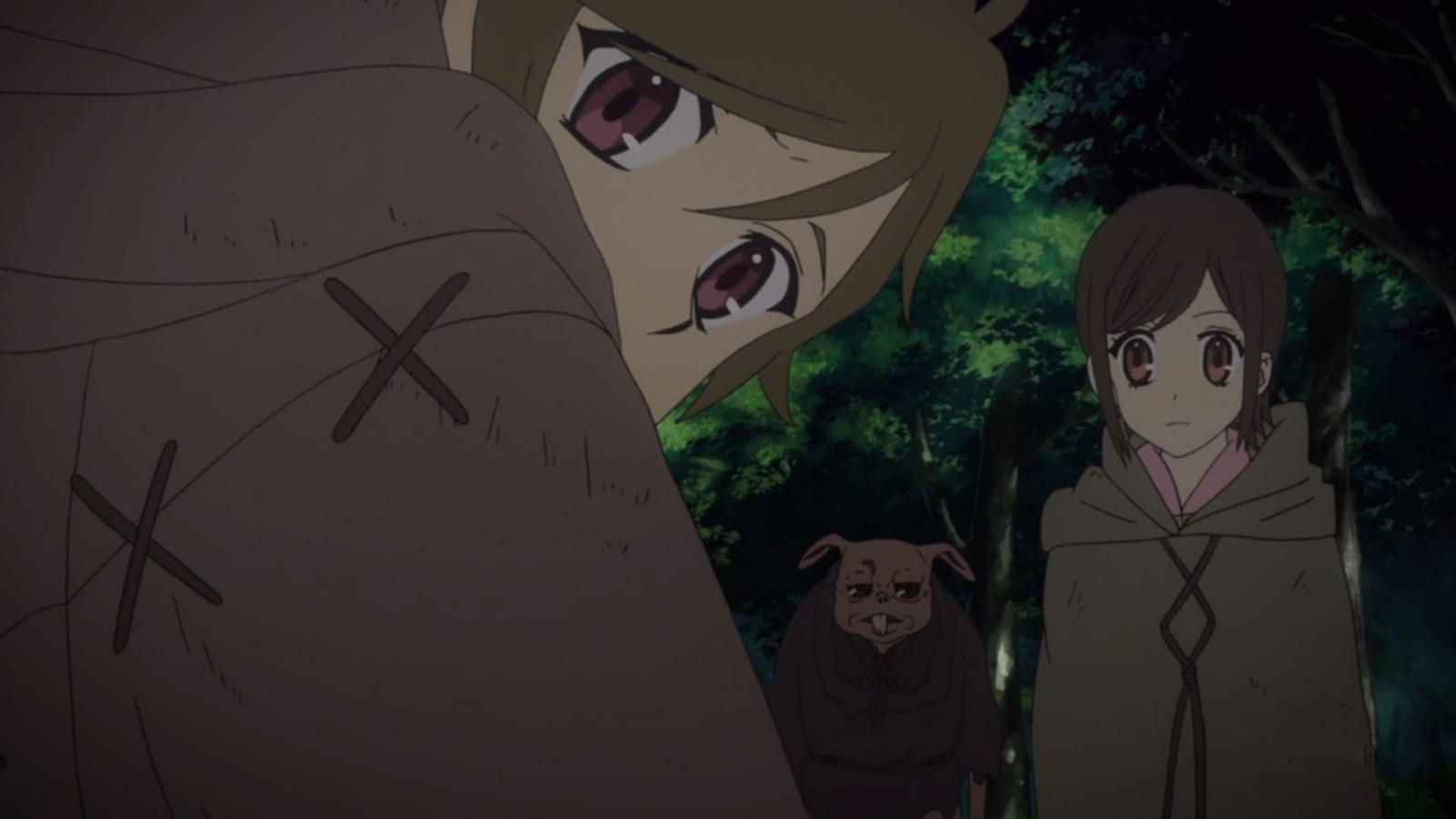
The world the characters live in seems perfect — at least for the students of the special psychic academy where they study. We follow them growing up and learning that the utopia that they believed in at first is not exactly as pristine and perfect. Character development and gradual uncovering of the lore's mysteries is the reason this show is worth your attention.
Heavenly Delusion (Tengoku Daimakyou)
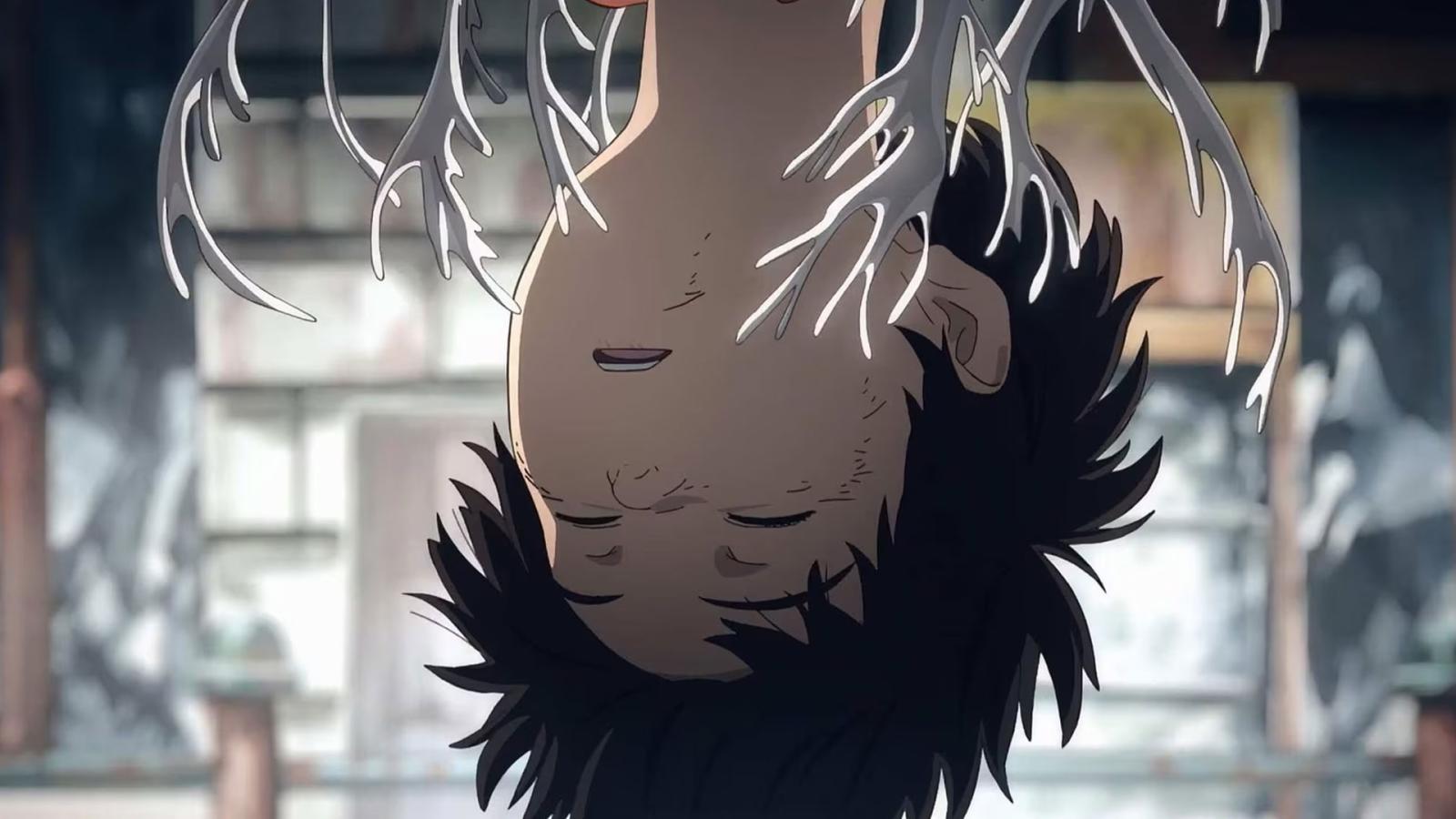
Monsters! Human-eating monsters! And psychic kids who have been experimented on! Really, this show has everything to make us sit on the edge of our seats and nibble on our fists in anticipation. Granted, the anime emphasizes some of the more questionable moments that weren't as prominent in manga, but its main point is about finding hope in a hopeless world.
Kabaneri of the Iron Fortress (Koutetsujou no Kabaneri)
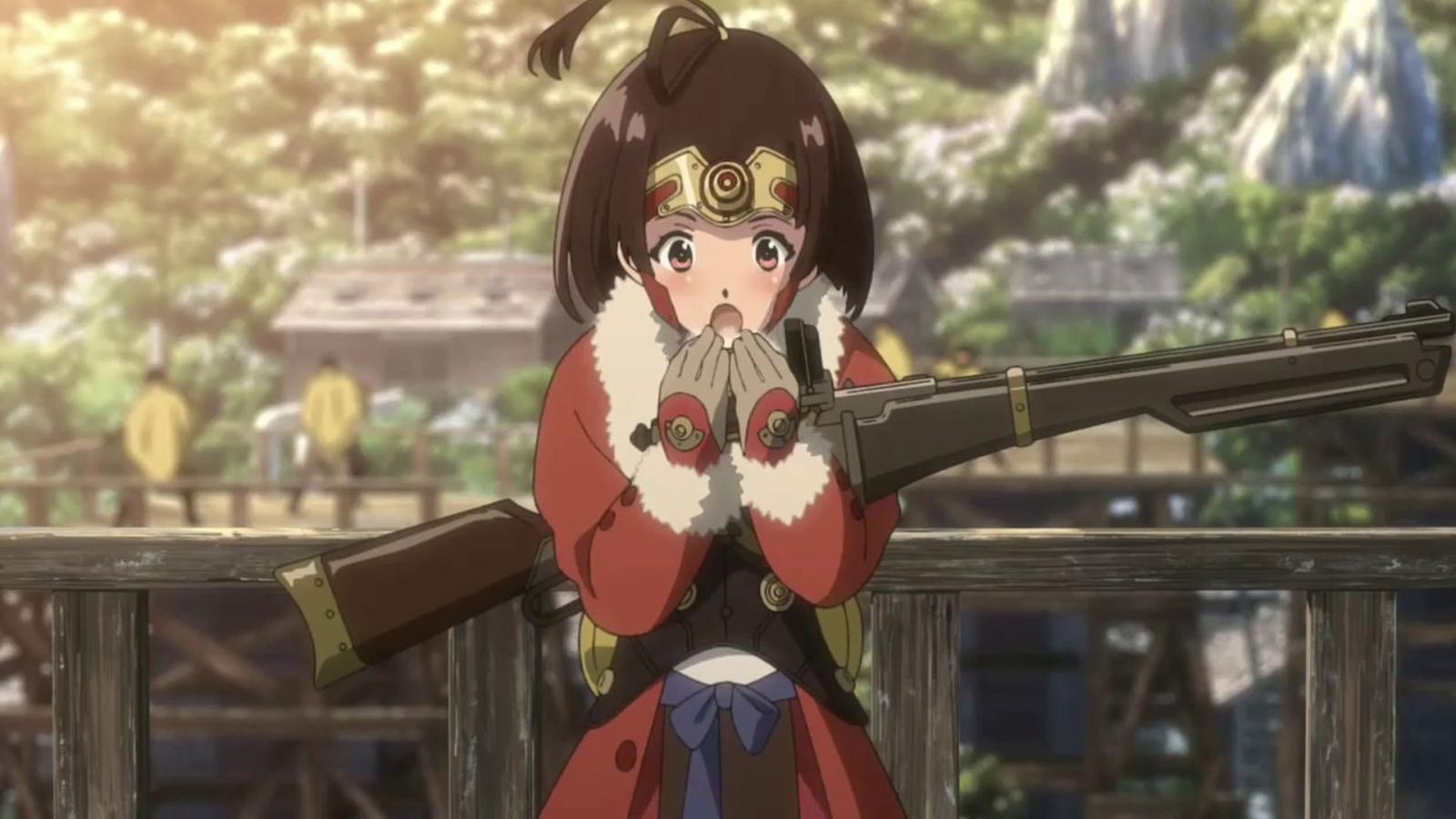
In this world a mysterious virus gave birth to zombie-like creatures called Kabane, who decided that there's nothing tastier than humans. The only way to kill these creatures is to destroy their steel-coated hearts, and that's not easy. Humans live behind the huge walls that keep them safe, move in armored trains, and hope to create a weapon that would help deal with Kabane. Some people compare it to Attack on Titan (Shingeki No Kyojin), but the main difference is that the humans aren't as powerless against Kabane as they are against titans. And that's not the only selling point of the show.
Fist of the North Star (Hokuto no Ken)

If you are familiar with the original Judge Dredd Comics — or, rather, 2000 AD series — then you may feel something familiar in Fist of the North Star. And that's understandable, as both series were conceived at the same time, though this show also reminds us of Mad Max — with an added superpower twist. The world has turned into apocalyptic wasteland, and Kenshirou traverses through the barren dunes filled with revenge and kindness, as he uses his super form to help those in need. The story is simple, but executed in a great way, and the characters were carved so well that they became the basis for action heroes who came after them. It's a piece of history that became a standard for shounen shows.
Yokohama Shopping Log (Yokohama Kaidashi Kikou)
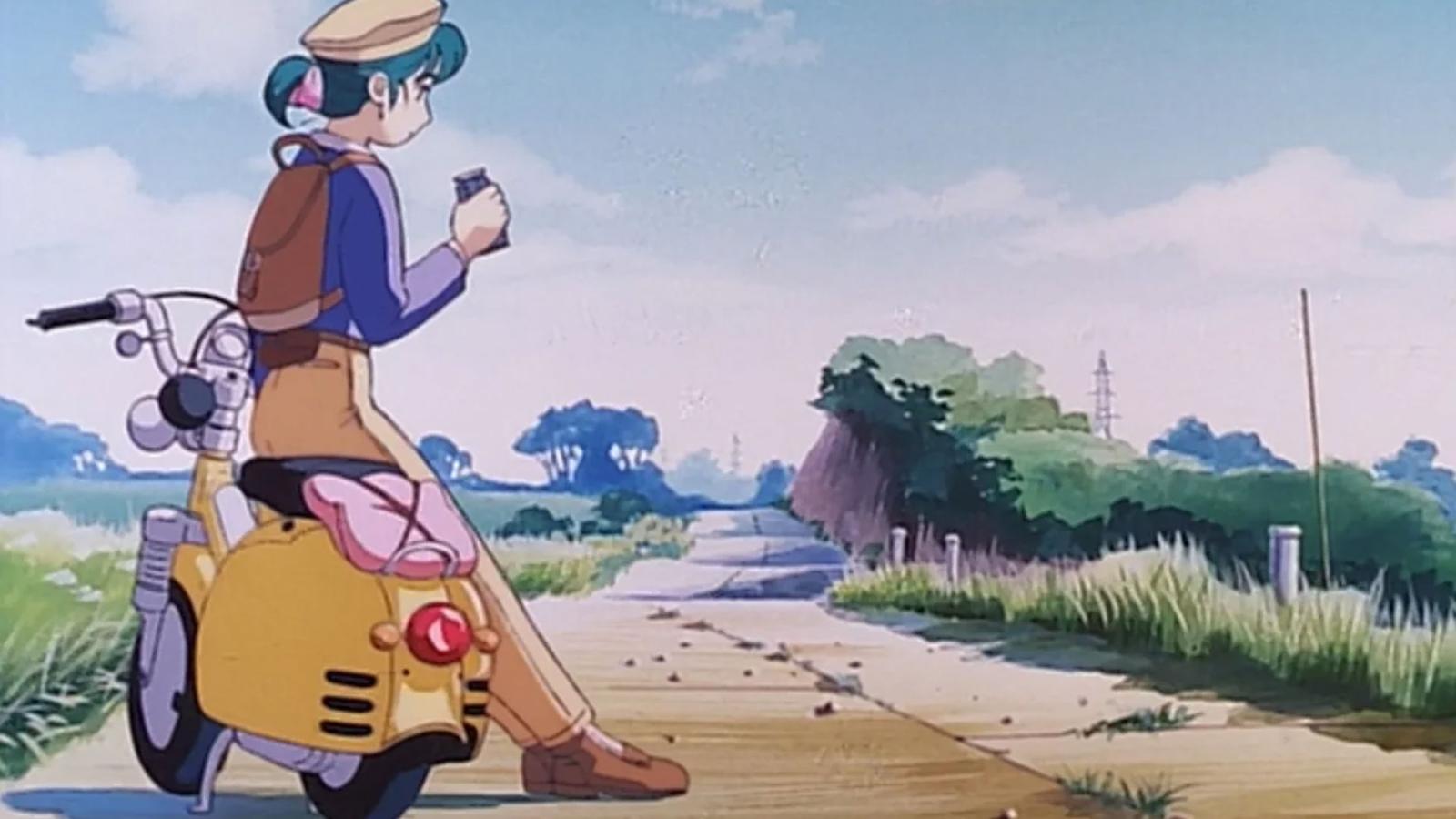
These two old OVAs follow a story of an android who lives on the outskirts of Yokohama. She finds a friend, gets a camera and a task to make as many memories as possible by taking pictures. The story is slow and introspective, the art is somber and beautiful, and the pace is extremely relaxing for a show that is set in a world where Yokohama was almost wiped off the surface of Japan by rising sea levels. It's an interesting change of pace, an anime that makes you feel and take a deep breath.
Now and Then, Here and There (Ima, Soko ni Iru Boku)
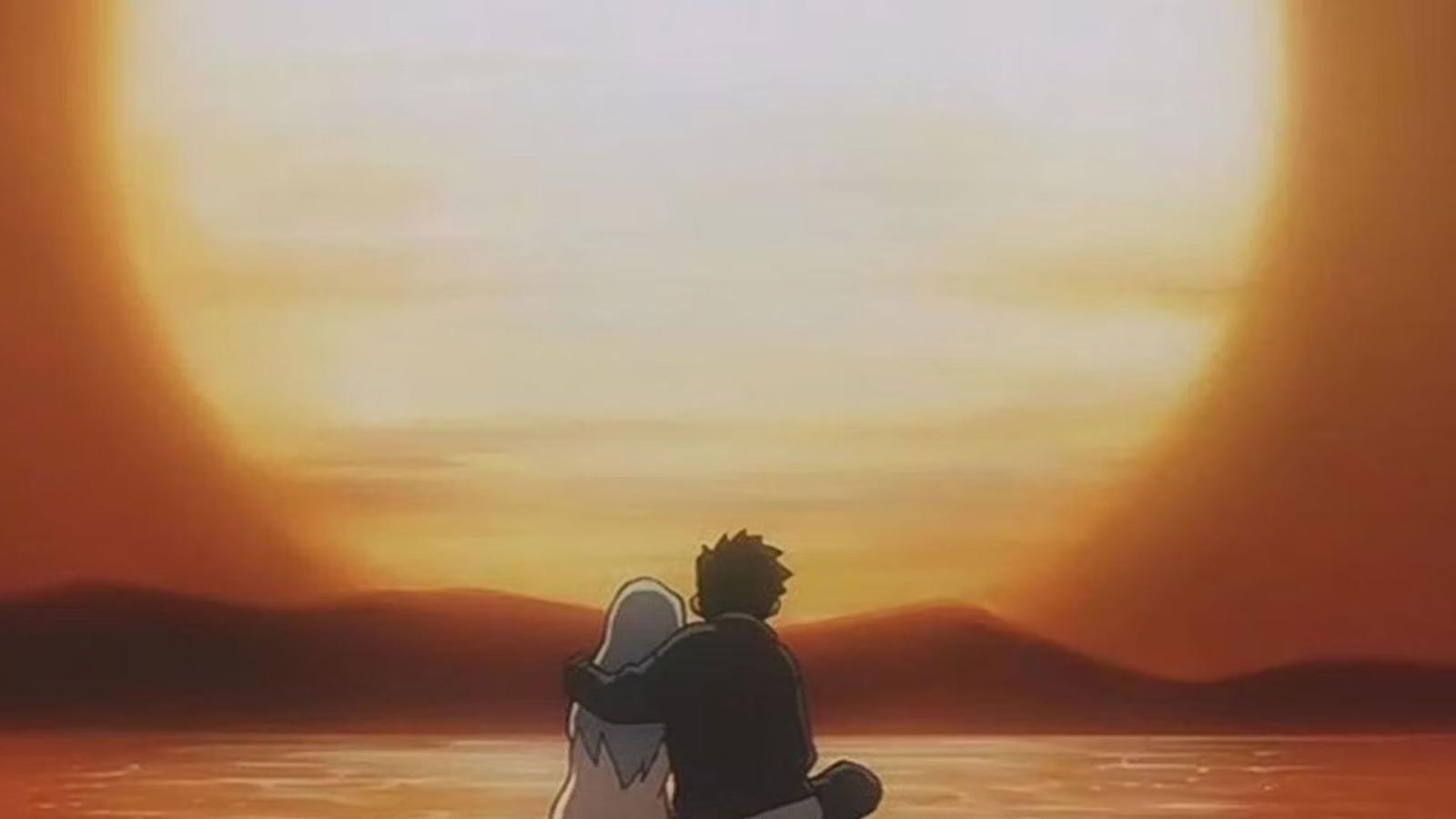
It's an isekai show where the main character is transported to a world almost depleted of water. The premise seems bland, but the way it's executed makes you pause the episode and think about whatever happened for a few moments. And the funny thing is that the world that our protagonist comes from is not actually the greatest — but he keeps moving forward, never succumbing to the hopelessness and dread of the situation.

